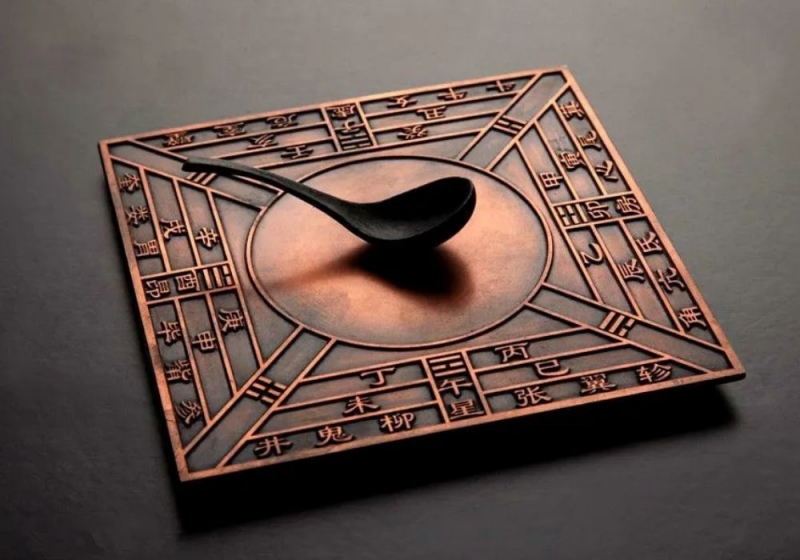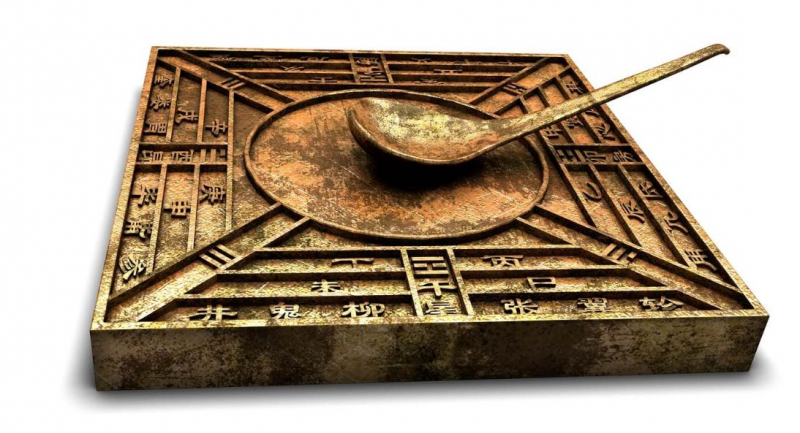The Compass
Chinese people considered south to be their cardinal direction, and they used a lodestone to make the first compass that pointed in that direction. The south pointer was the name of this. A magnetite mineral known as a lodestone aligns with the magnetic field of the earth.
A compass is a tool for navigation that provides directions. The Chinese developed the compass between the second century BC and the first century AD. It was initially used for architectural arrangement, or Feng Shui. By the year 1000 AD, Chinese ships were frequently equipped with navigational compasses, allowing them to navigate. It's possible that Arab traders traveling to China heard about the technology and introduced it to the West.
The earliest Chinese scientists realized that a hung lodestone could freely rotate and point in the direction of the magnetic poles. It was primarily utilized for geomancy and fate telling during the Han era. The Chinese discovered that the lodestone, which was largely employed as a divination tool in the 11th century under the Song dynasty, could also be used to suggest a direction for travels.
According to Joseph Needham's book Shorter Science and Civilization in China, Volume 3, the Chinese started using compasses for navigating between the ninth and eleventh centuries.










